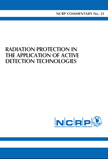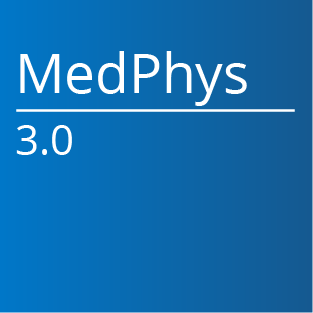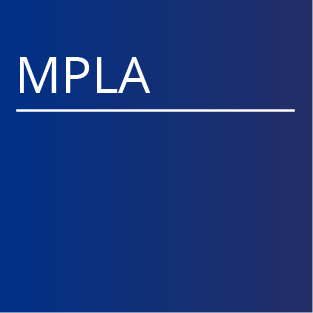AAPM has contracted with NCRP to provide each AAPM Member in good standing access and download privileges of electronically available NCRP reports, commentaries and statements. This report was prepared by the National Council on Radiation Protection and Measurements (NCRP). The Council strives to provide accurate, complete and useful information in its reports. However, neither the NCRP, the members of NCRP, other persons contributing to or assisting in the preparation of this report, nor any person acting on the behalf of any of these parties (a) makes any warranty or representation, express or implied, with respect to the accuracy, completeness or usefulness of the information contained in this report, or that the use of any information, method or process disclosed in this report may not infringe on privately owned rights; or (b) assumes any liability with respect to the use of, or for damages resulting from the use of, any information, method or process disclosed in this report.
 |
Commentary No. 021 - Radiation Protection in the Application of Active Detection Technologies (2011) Price: $35 PDF (AAPM Members FREE) Category: Commentary The U.S. government is actively pursuing efforts to develop, acquire and support the deployment of enhanced detection systems for special nuclear material (SNM). While the Domestic Nuclear Detection Office in the U.S. Department of Homeland Security is the lead agency in this area, both the U.S. Department of Energy (DOE) and the Defense Threat Reduction Agency (DTRA) in the U.S. Department of Defense (DOD) support programs to develop and field an active detection technology (ADT) system. This Commentary focuses on the efforts of DTRA to deploy a detection system that addresses their mission. It is intended as guidance to inform the development process with respect to radiation protection issues. The comments and recommendations in this Commentary are broadly applicable to all ADTs used to detect SNM. Subsequent reports are planned that will cover more technical details regarding implementation of the guidelines in this Commentary. This Commentary reviews the new remote detection technologies that are being developed, focusing on the requirements for radiation protection and provides guidelines to ensure that doses are within recommended limits for operating personnel and bystanders in the inspected areas. Scientific Committee: Kenneth L. Miller, Chairman Debbie B. Gilley, Vice Chairman J. Donald Cossairt Thomas A. Cotton David M. Hassenzahl Joseph M. Kaminski Sayed H. Rokni Scott O. Schwahn Norman Fost, Consultant Glen Reeves, Consultant |



















